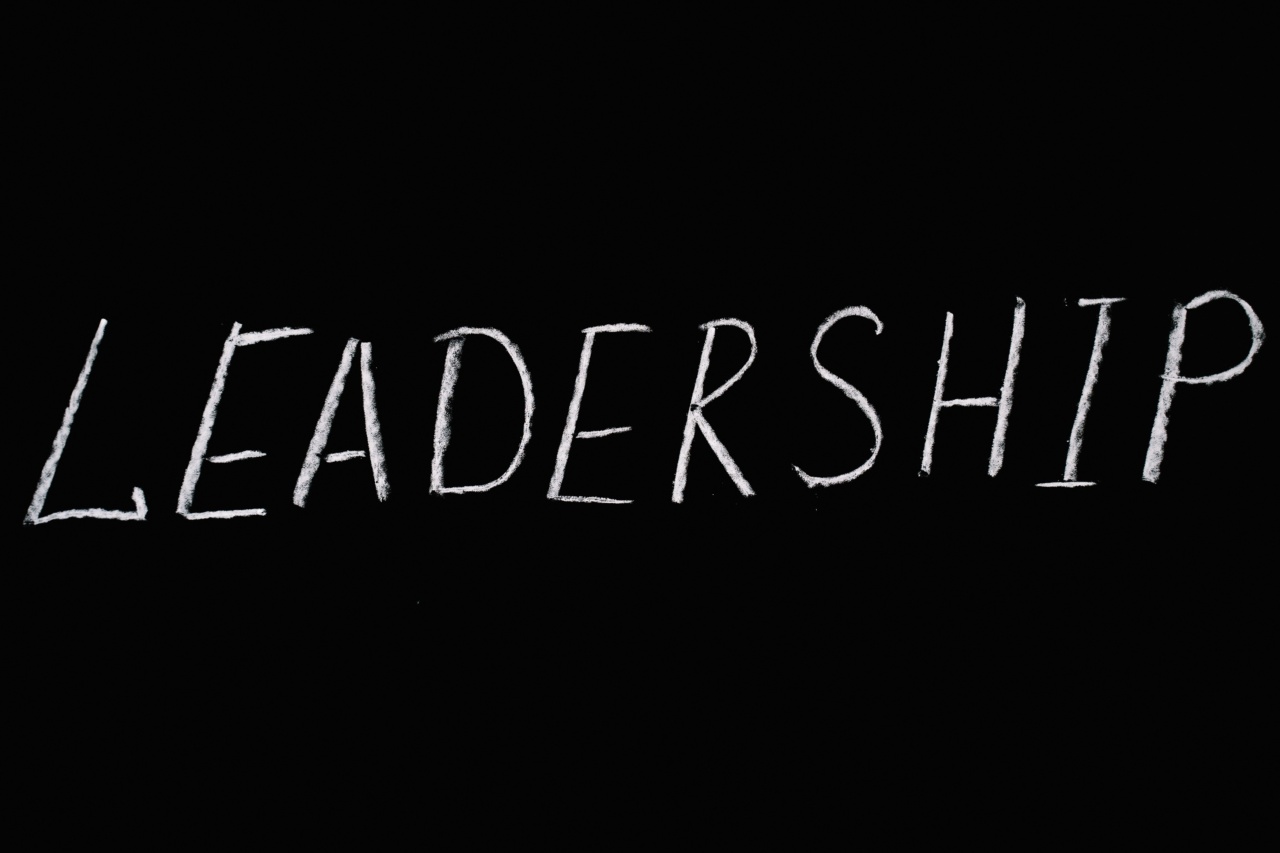Dogs are intelligent creatures that thrive on structure and consistency. They have a natural instinct to follow a pack leader, and as pet parents, it is our responsibility to establish ourselves as the alpha in their pack.
Training your dog builds a strong relationship and helps you set the boundaries necessary to create a calm, happy, and disciplined pet.
Leadership: The Foundation of Dog Training
The ability to train your dog starts with being a good leader. As the alpha, you must show your dog that you are in control of their environment. From the moment you bring your pup home, it’s essential to establish boundaries and expectations.
This means establishing rules around their meals, setting a routine for their potty breaks, and creating a safe space, such as a crate, that they can go to for quiet time.
Dogs quickly pick up on subtle cues and behaviors, so it’s crucial to be consistent and confident in your approach. Reactive behavior can lead to confusion and a dog’s inclination to take advantage of perceived weaknesses.
These weaknesses could show up as yelling and punishing behaviors that do not communicate your wishes but rather create unnecessary stress and anxiety.
Controlling the Environment
Dogs are masters of observation. They learn by watching and interacting with their environment. A significant role as an owner is to control the environment to create opportunities for your dog to learn and show appropriate behaviors.
This means taking the lead in scenarios like leash walking, socialization, and introducing new people or animals.
Good leadership is also evidenced through the provision of mental stimulation and appropriate physical activity. Dogs require daily exercise to release pent-up energy and maintain good health.
Leadership in this area means being proactive in providing your dog the opportunity for exercise to promote good behaviors and physical health.
Discipline and Reward
The role of the pack leader is to ensure discipline through consistent rewards and consequences. Rewarding good behavior reinforces the appropriate behavior and promotes a bond between you and your pet.
On the other hand, consequences for inappropriate behavior should be quick and focused on correcting the behavior rather than punishing the dog. Punishing behavior sends confusing messages and only emphasizes fear and uncertainty.
The use of positive rewards like treats, toys, and verbal praise for good behavior is the most effective way to establish discipline. It helps your dog identify good behavior and encourages them to repeat it.
Consistency in reward systems sets boundaries and ensures clear expectations for your dog, allowing them to engage and learn with minimal confusion and uncertainty.
The Role of Affection
The role of affection may seem secondary, but it plays a crucial role in ensuring a healthy relationship between you and your pet. It’s natural to show our dogs physical love by cuddling, hugging and allowing them in our lap.
However, these physical displays of affection should not come at the cost of your leadership role.
Showing your dog affection should only come at appropriate times and should be balanced with leadership and discipline.
Over-indulging your dog in physical affection creates confusion about their role in the pack and disrupts your position as the pack leader. It’s essential to maintain a healthy relationship with boundaries and expectations that promote good behavior and stability in your dog.
Training Techniques
There are various ways to train a dog, and the most effective method is unique to each dog and their personalities.
However, every effective training method is grounded in strong leadership communication and discipline, positive reinforcement, structure, and consistency. Some of the most effective training methods include:.
Positive Reinforcement Training
Positive reinforcement dog training is a method that focuses on rewarding your dog’s good behavior. By rewarding good behavior consistently, you encourage your dog to repeat it.
This technique involves combining the use of treats, praise, and toys to enhance your dog’s learning experience and train them positively.
Clicker Training
Clicker training is a type of positive reinforcement training that uses an audible clicker to signal to your dog that they have done something well and are about to receive a reward.
Consistent clicks and rewards help your dog learn good habits and behaviors. Clicker training can be combined with other reward techniques to enhance your dog’s learning experience and train effectively.
Leash Training
Leash training is an essential training technique for all dogs. It establishes discipline and fosters trust between you and your pet. To leash train your dog effectively, you must provide a well-fitted collar or harness and leash.
Start with slow walks, and reward good behavior consistently until they can walk comfortably in unfamiliar areas or around other animals.
The Benefits of Effective Dog Training
Effective dog training provides numerous benefits that promote good health and relationships between you and your pet. Some of the benefits include:.
Reduced Behavioral Problems
Well-trained dogs show fewer behavioral problems like chewing, barking, and aggression towards other animals and people. As a dog parent, you experience less stress and build a more positive, trusting relationship with your pet.
Improved Health
Dogs that exercise regularly and receive consistent mental stimulation through training tend to experience better health outcomes. They are also less likely to suffer from anxiety and stress-related disorders that can severely affect their health.
Better Socialization
Training your dog also promotes healthy socialization with other animals and people. Socialization is necessary for developing healthy, confident dogs that are not aggressive or defensive towards people or animals.
The Bottom Line
In conclusion, a good leader controls everything in the dog training process. They set the boundaries, reinforce positive behavior, promote mental stimulation, and provide discipline whenever necessary.
Effective dog training results in healthy relationships and better health outcomes for both you and your pet.























